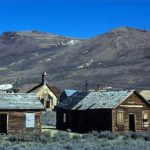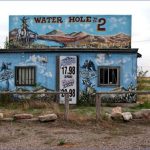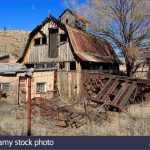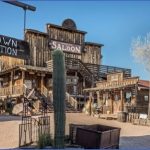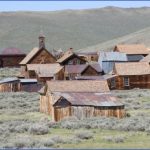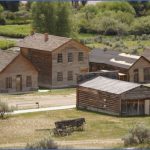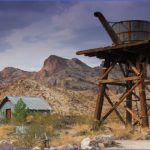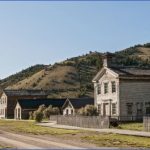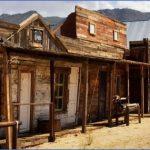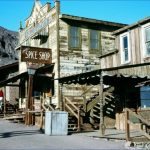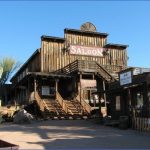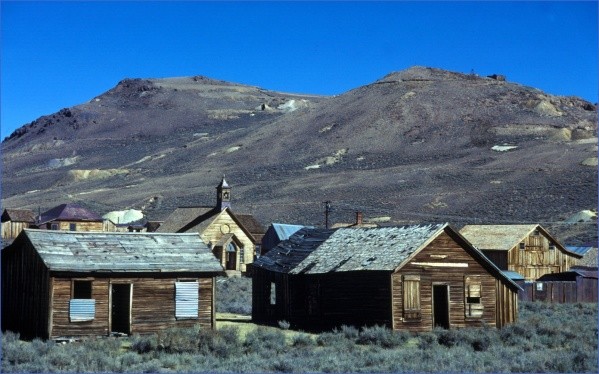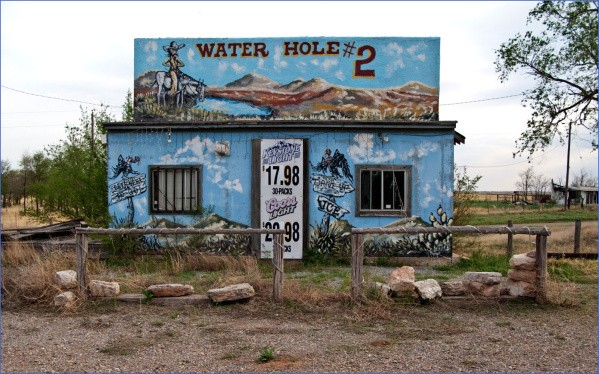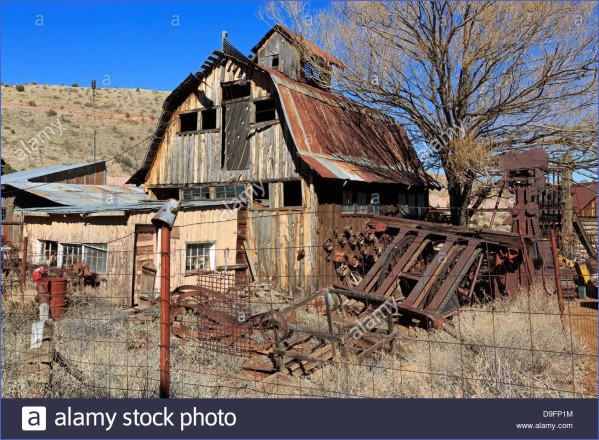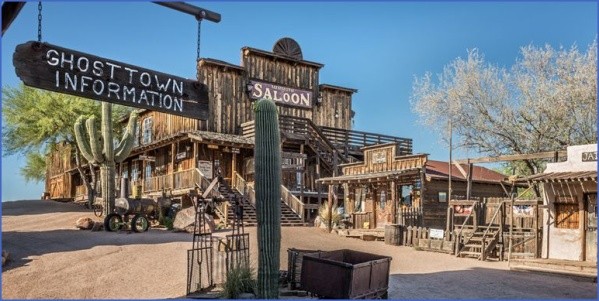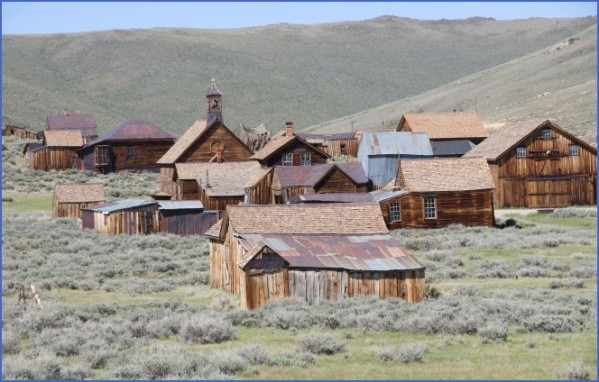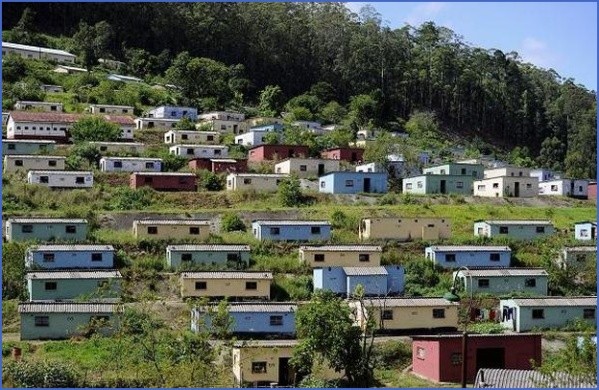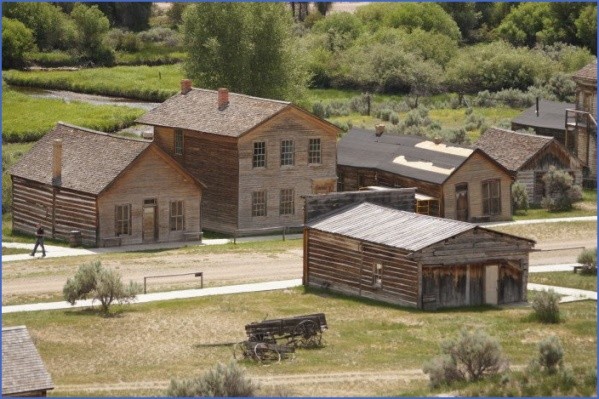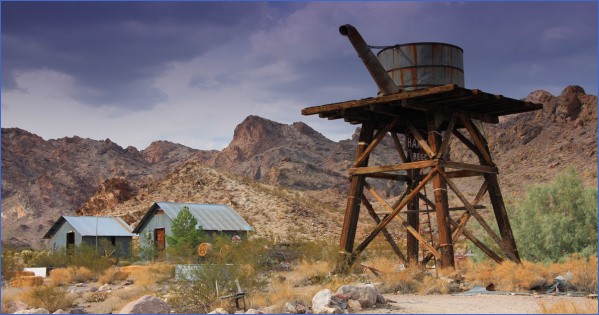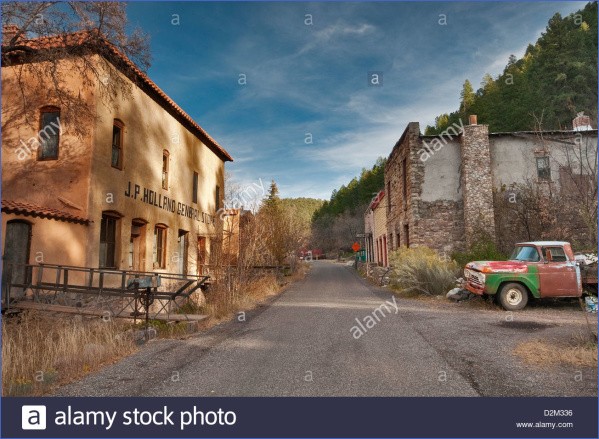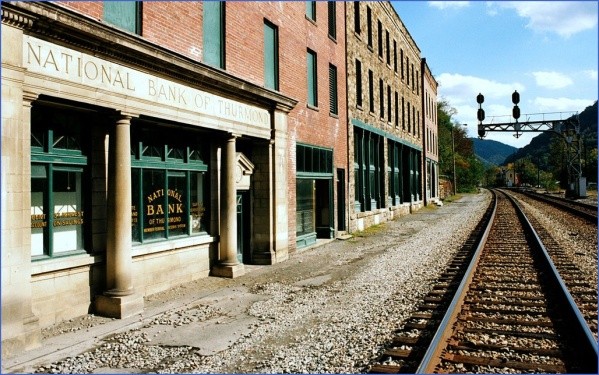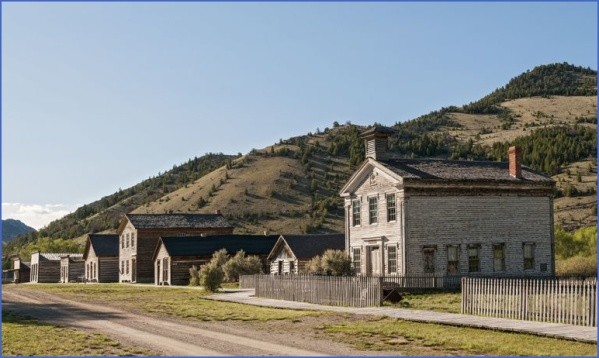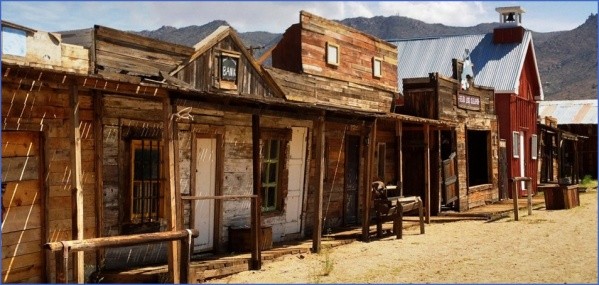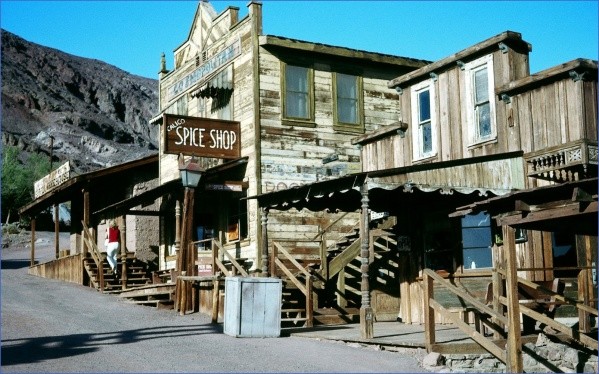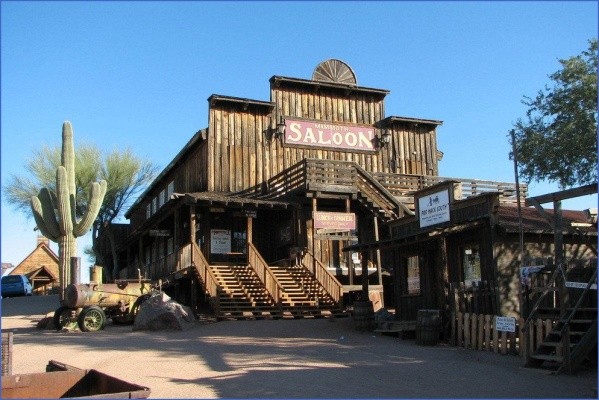Thousands of abandoned mining towns riddle the western states. In most cases, all that is left is a few barely noticeable ruins, miles from any paved road.
Among the ghost towns that have been saved, some have been restored to resemble their heyday. Others have been preserved in a state of “arrested decay.” Fueling a growing interest in these attractions is ‘ghost towning,’ rallies and events centered around abandoned sites.
Among the best-known ghost towns is Bodie, California, once the state’s third-largest town and boasting over 10,000 residents during the Gold Rush. Located on the arid eastern slope of the Sierra Nevada, it has 200 remaining buildings and 80 headstones in its cemetery. The state took over the site in the 1960s, creating Bodie State Historical Park. Unlike Columbia, another mining town about 100 miles west of Bodie, which the state restored and repainted to look as it did in the 19th century, a minimalist approach was taken at Bodie. While the last residents left more than 50 years ago, the abandoned miners’ cabins, hotels, and churches from the 1880s looks as if its last inhabitants packed up only a few months ago. There has been no effort to pave the three-mile gravel access road, as the bumpy trip puts visitors more in synch with the rhythms of long-ago life. American Heritage magazine and others have singled Bodie out as the nation’s best preserved ghost town. More than 130 miles from the nearest interstate highway and accessible only by the dirt road, Bodie attracts as many as 35,000 visitors a month in the summer.
Idaho has preserved Bonanza and Custer, ghost towns since 1911, as Yankee Fork State Park. At the Interpretive Center are museum exhibits and a gold panning station.
Ghost Towns in USA Photo Gallery
Contrasted with the arrested decay approach, other ghost-town restorations involve reopened saloons, shopkeepers dressed up in old-time garb, and even reenactments of stagecoach robberies, all in the name of entertaining tourists. Popular ghost towns of this genre include Virginia City, Montana, which attracts about 70,000 tourists a year for entertainment such as the Brewery Follies. In chic and thriving Jerome, Arizona, artists and antique-store operators have settled near the old mining relics.
Historic Highways
Several historic routes in the United States stand out as tourist attractions. The following are most prominent:
California Mission Trail
• The 600-mile California Mission Trail, also called El Camino Real (Spanish for The Royal Road) connected the California’s 21 missions (along with a number of submissions), 4 presidios, and 3 pueblos, stretching from Mission San Diego de Alcala in San Diego in the south to Mission San Francisco Solano in Sonoma in the north. Today, many streets throughout California that either follow or run parallel to this historic route are still designated El Camino Real.
First Post Road
• The route over which mail was first carried regularly from New England to North and South Carolina is designated the First Post Road. In 1739, the road was extended to Charleston. Several historical markers identify the route through the Carolinas where the route is of greatest historical significance.
Historic National Road
• The National Road, or the Cumberland Road, was originally built in 1811 to connect
the Potomac and Ohio Rivers and was a gateway to the West for thousands of settlers. When it was rebuilt in 1830 and renamed National Pike, it became the first surfaced road in the U.S. The road has gone through numerous evolutions and virtually the entire road remains in operation. The route between Baltimore and Cumberland continues to use the name National Pike. Tourists along the route between Baltimore and Ohio can see numerous markers identifying the original route.
King’s Highway
• King’s Highway was a route the Spanish laid in 1632 from St. Augustine along the east coast and through central Florida to Fort McCoy. Later in the 17th century the route was extended west through Texas to Spanish colonies in Mexico. Historic markers identify current roads that were once part of King’s Highway.
Old North Trail, North America
• National Geographic ranks the Old North Trail as the #1 ancient highway in the world. The Blackfeet Indians traveled along the Old North Trail, which originally stretched nearly 2,000 miles from Canada to Mexico, running along the “backbone of the world” that later Americans called the Rockies. It took the Blackfeet four years to go from end to end on trips to trade or make sacred journeys. Fragments of the trail are still visible in Glacier National Park in Montana.
Old Spanish Trail
• The Old Spanish Trail is an auto trail that once spanned the United States, linking St. Augustine and San Diego with 3,000 miles of roadway. Its center and headquarters were in San Antonio. Work on the highway began in 1915 and, when complete, crossed eight states and 67 counties along the southern border of the United States. Much of the trail still exists, and preparations have begun for a decade-long Centennial Celebration (www.oldspanishtrailcentennial.com) to begin in 2019 and end with a 2029 motorcade grand finale from St. Augustine to San Diego.
Route 66
• U.S. Route 66, colloquially known as the Main Street of America or the Mother Road, was established in 1926 and became one of the most famous roads in America. The highway originally ran from Chicago through Missouri, Kansas, Oklahoma, Texas, New Mexico, and Arizona before ending at Santa Monica. Route 66 served as a major path for those who migrated west and for fifty years was a popular route for vacationers. Portions of the road survive and are designated Historic Route 66, a National Scenic Byway. The highway passed through St. Louis, Albuquerque, Santa Fe, and Las Vegas, and visitors to those areas can see motels, gas stations, and other buildings that served travelers on Route 66 in its heyday. Popular among tourists are Central Avenue in Albuquerque and Chain of Rocks Bridge in St. Louis.
Maybe You Like Them Too
- Top 10 Islands You Can Buy
- Top 10 Underrated Asian Cities 2023
- Top 10 Reasons Upsizing Will Be a Huge Travel Trend
- Top 10 Scuba Diving Destinations
- World’s 10 Best Places To Visit

